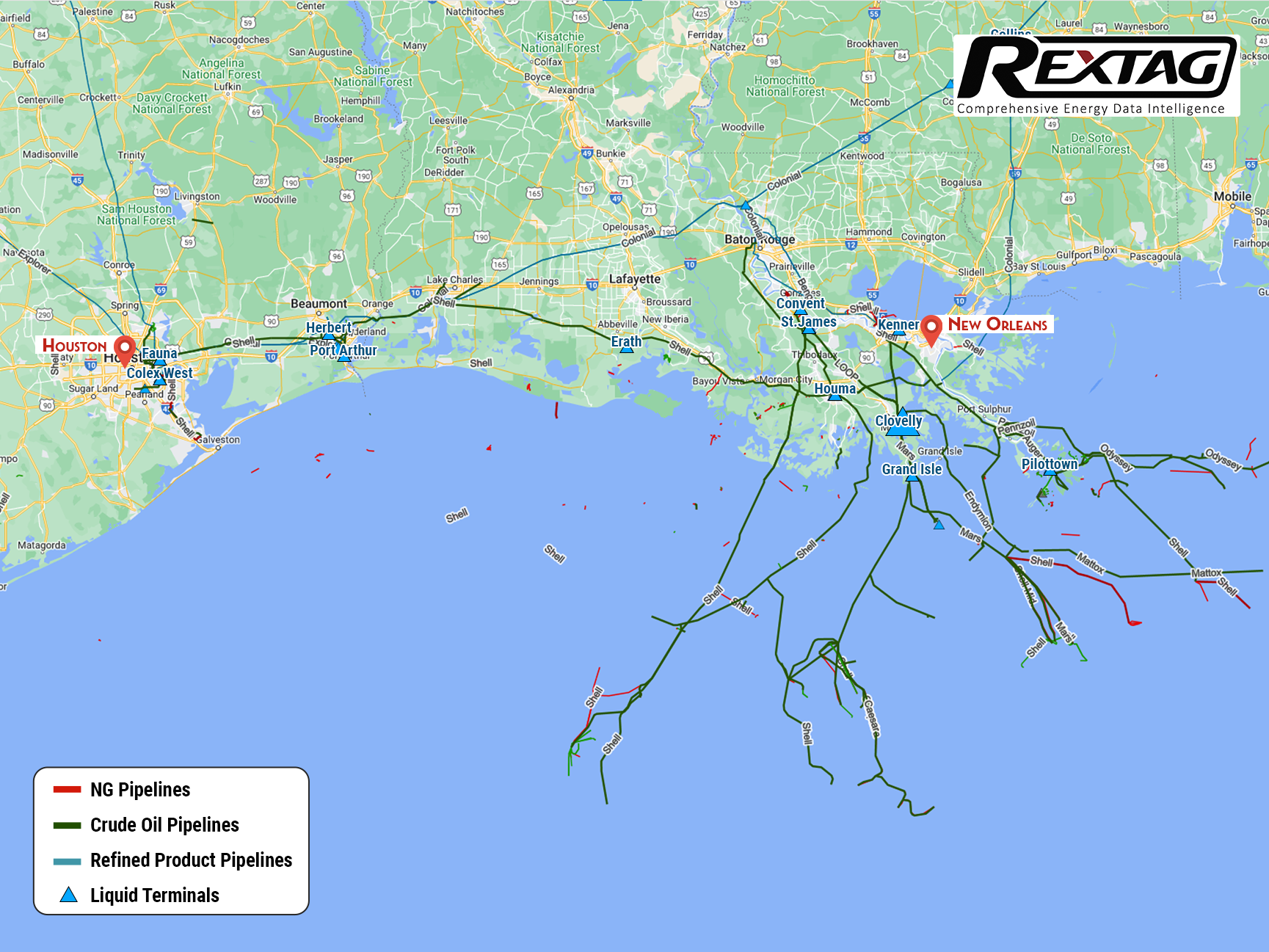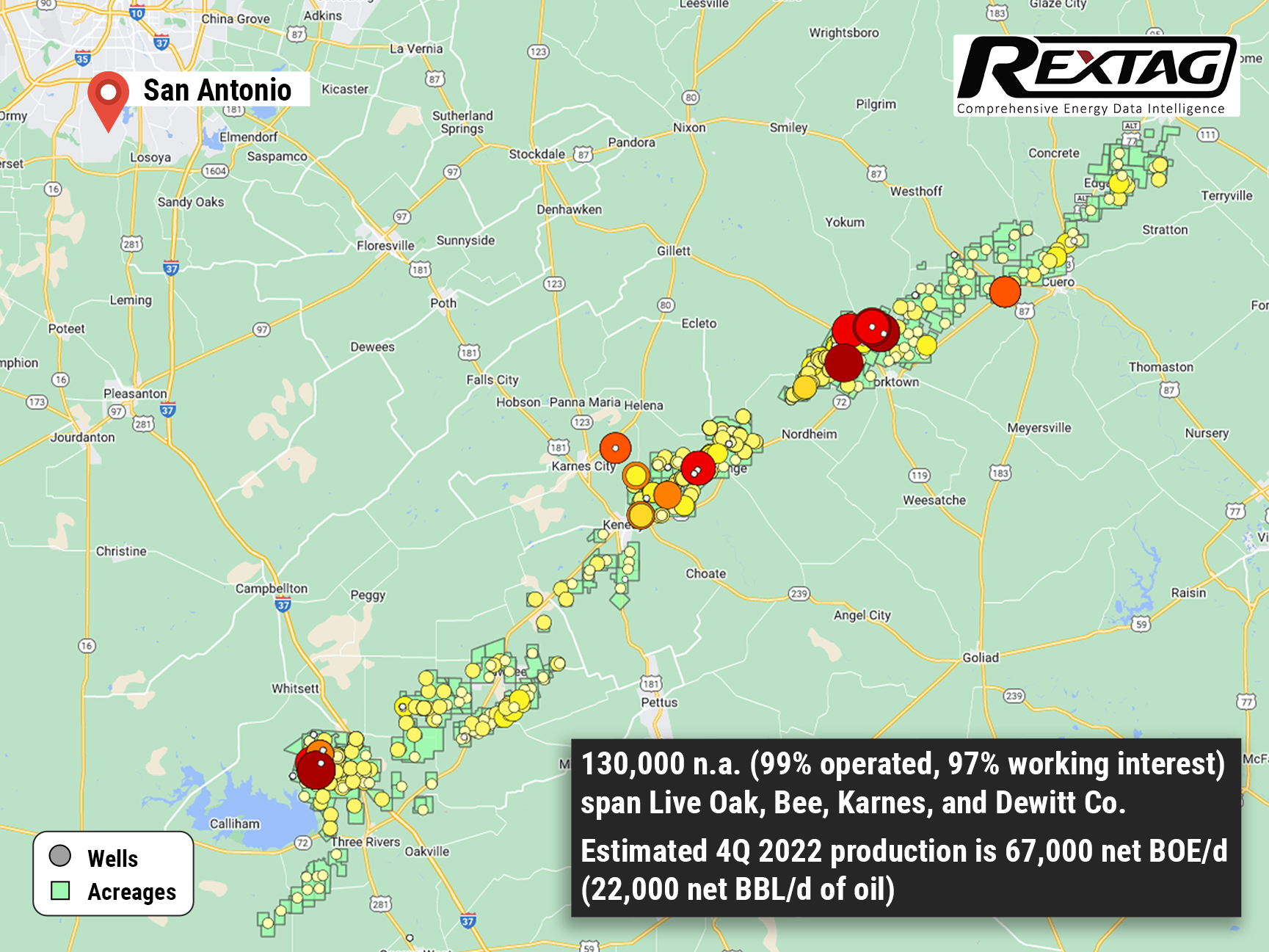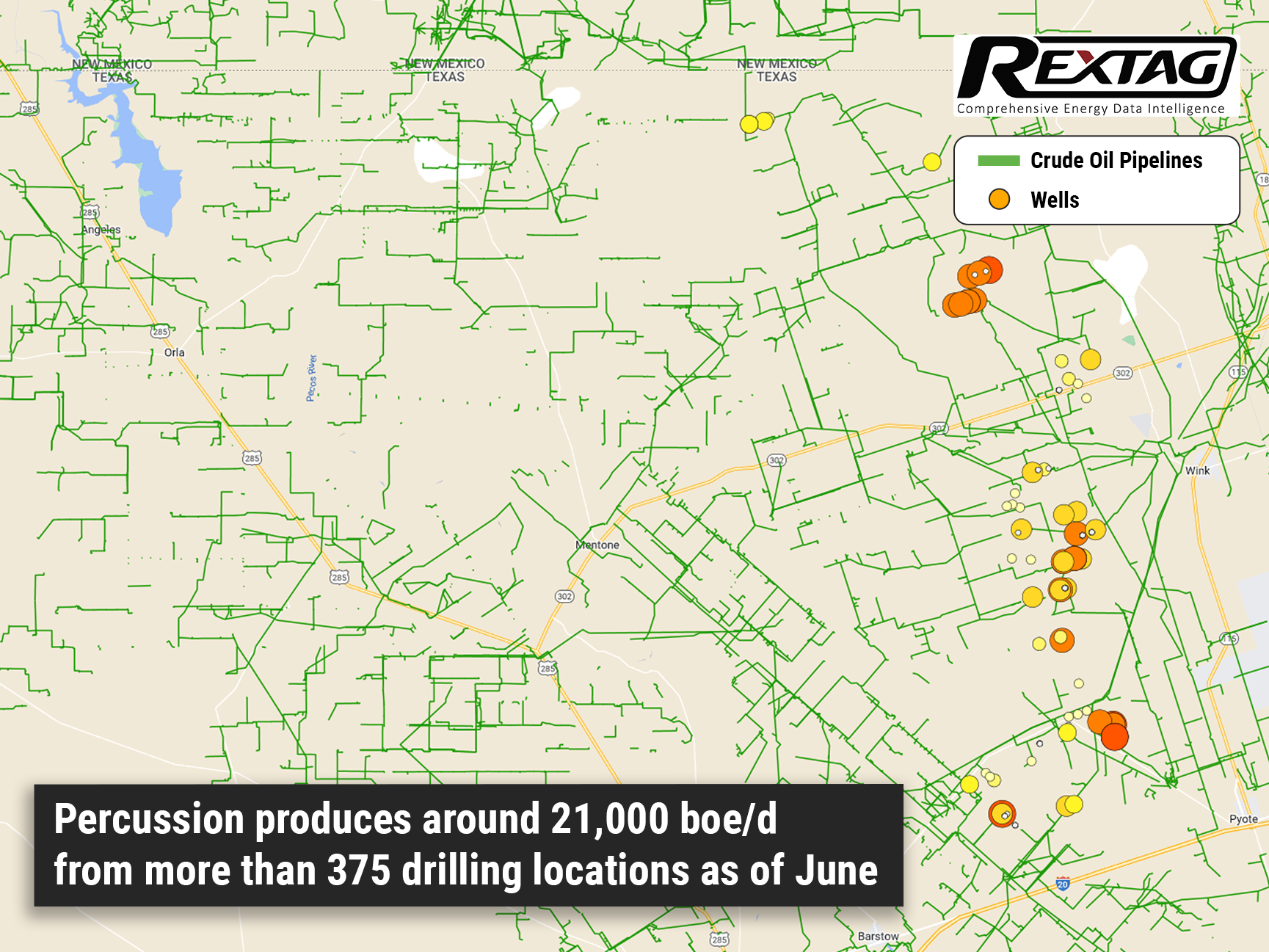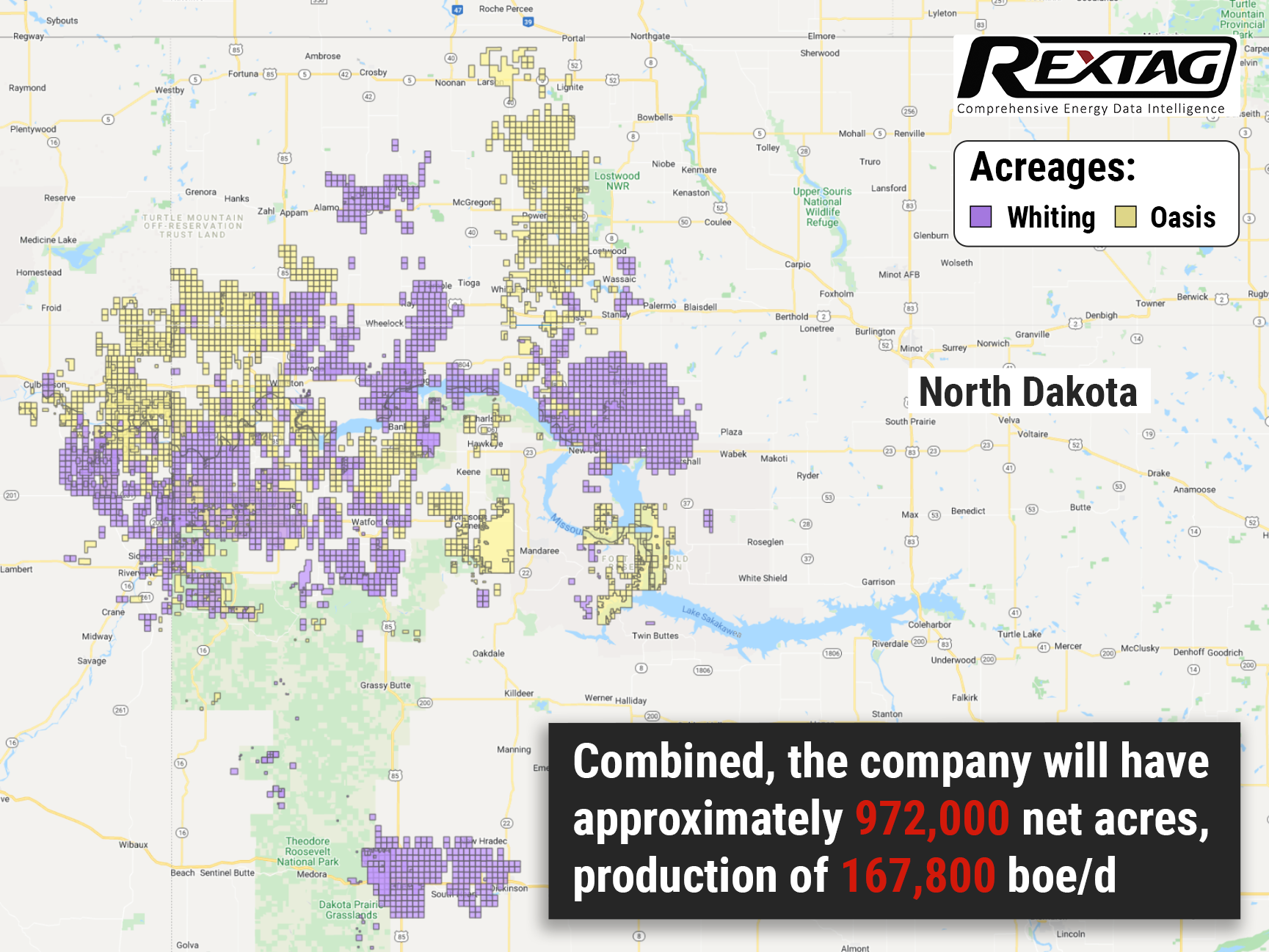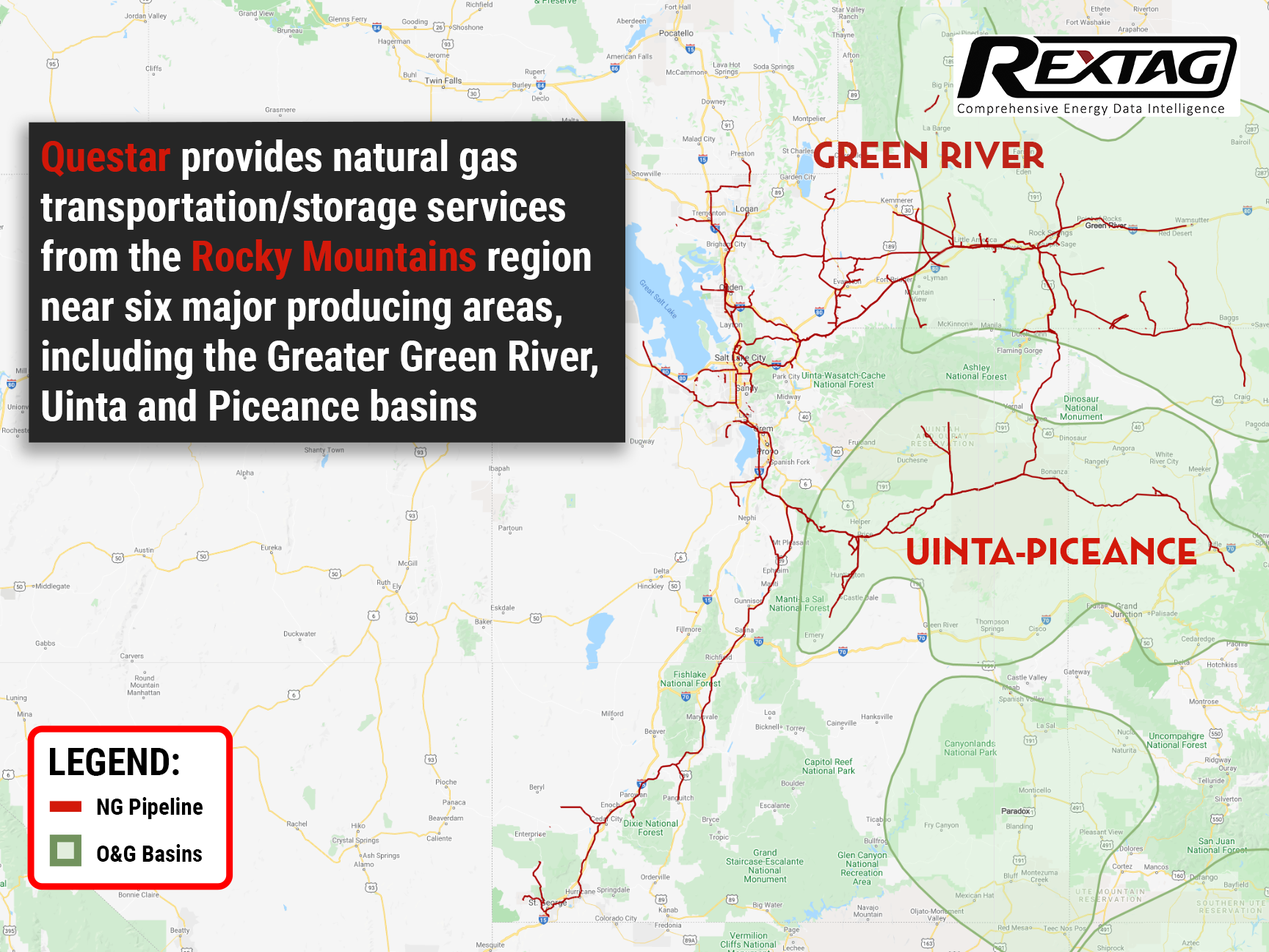Blog
Since days when shale oil and gas technologies were discovered, the U.S. energy industry has been evolving more rapidly than ever before. Many changes are amazing especially when you put them on an industry map. At Rextag not only do we keep you aware of major projects such as pipelines or LNG terminals placed in service. Even less significant news are still important to us, be it new wells drilled or processing plants put to regular maintenance.
Daily improvements often come unnoticed but you can still follow these together with us. Our main input is to “clip it” to the related map: map of crude oil refineries or that of natural gas compressor stations. Where do you get and follow your important industry news? Maybe you are subscribed to your favorite social media feeds or industry journals. Whatever your choice is, you are looking for the story. What happened? Who made it happen? WHY does this matter? (Remember, it is all about ‘What’s in It For Me’ (WIIFM) principle).
How Rextag blog helps? Here we are concerned with looking at things both CLOSELY and FROM A DISTANCE.
"Looking closely" means reflecting where exactly the object is located.
"From a distance" means helping you see a broader picture.
New power plant added in North-East? See exactly what kind of transmission lines approach it and where do they go. Are there other power plants around? GIS data do not come as a mere dot on a map. We collect so many additional data attributes: operator and owner records, physical parameters and production data. Sometimes you will be lucky to grab some specific area maps we share on our blog. Often, there is data behind it as well. Who are top midstream operators in Permian this year? What mileage falls to the share or Kinder Morgan in the San-Juan basin? Do you know? Do you want to know?
All right, then let us see WHERE things happen. Read this blog, capture the energy infrastructure mapped and stay aware with Rextag data!
US Midstream Research 2022 Overview: TOP Providers, Their Assets and Stories
The midstream sector plays a vital role in the oil and gas supply chain, serving as a crucial link. As the energy transition continues, this industry, like the broader sector, encounters various risks. Yet, existing analyses have predominantly concentrated on the risks faced by the upstream and downstream sectors, leaving the fate of the midstream relatively unexplored. In a nutshell, midstream operators differentiate themselves by offering services instead of products, resulting in potentially distinct revenue models compared to extraction and refining businesses. However, they are not immune to the long-term risks associated with the energy transition away from oil and gas. Over time, companies involved in transporting and storing hydrocarbons face the possibility of encountering a combination of reduced volumes, heightened costs, and declining prices.
ONEOK Buys Magellan for $18.8 Billion: Overview of the Huge M&A Deal in the Pipeline Industry
In May, ONEOK (OKE) made an announcement regarding its acquisition of Magellan Midstream Partners LP (MMP) for a total value of $18.8 billion, which includes cash and stocks. This move drew attention as it positions ONEOK, primarily known for its involvement in the provision, gathering, and processing of Natural Gas (NG), to become one of the largest pipeline companies in the United States. The acquisition also allows ONEOK to expand its services by including Oil (CL), another significant energy commodity.
Energy Giant Baytex Makes a Bold Move: Snaps Up Ranger Oil in $2.5 Billion Deal
Baytex Energy Group has announced that it will acquire Eagle Ford exploration and production company, Ranger Oil, for approximately $2.5 billion in cash and stock, which includes taking over the company's existing debt. Upon the successful closure of the acquisition, Baytex will have a controlling stake of approximately 63% in the newly merged company, leaving Ranger shareholders with around 37%. This significant move is in line with a trend of substantial mergers and acquisitions in the Eagle Ford area, with Marathon Oil, Devon Energy, and Chesapeake Energy among the companies involved in recent transactions.
A&Ds in O&G forecast for 2023, trends and factors that influence this
“Our view is in 2023 M&A picks up. There was some this 2022 year, but again, it was such a funky, weird macro world. We expect fewer surprises in 2023.” — Dan Pickering, Pickering Energy Partners. Modern companies in the world operate in a rapidly changing external environment, so the process of reorganization is one of the basic tools for solving the problem of adapting companies to new conditions. Recently, the number of Acquisitions and Divestitures in the oil and gas industry has been growing rapidly, i.e. it can be said that the market for these deals is dynamically developing.
Matador Expands In Delaware; Purchases Acreage from Advance Energy at $1.6 Billion
On January 24, Matador spread the word that it will add oil- and gas-producing assets in Lea County, N.M., and Ward County, Texas, and some midstream infrastructure. Most of the acreage is strategically situated in Matador’s Ranger asset area in Lea County. The bolt-on includes about 18,500 net acres, 99% held by production, in the core of northern Delaware. The deal would also extend Matador’s inventory by 406 gross (203 net) drillable horizontal locations with prospective targets in the Wolfcamp, Bone Spring, and Avalon formations.
BP Has Acquired Archaea Energy for $4.1 Billion Developing Its bioenergy business
BP acquired renewable natural gas (RNG) provider Archaea Energy Inc. for $4.1 billion on December 28, marking a milestone in the growth of BP’s strategic bioenergy business. The acquisition, announced in October, was finalized following BP’s completion of regulatory requirements and Archaea obtaining shareholder approval.
Grand Prix Pipeline Will Be Completely Owned by Targa: To Buy Remaining Stake For $1.05 Billion
On January 3, Targa Resources Corp asserted that it is purchasing the remaining stake for $1.05 billion in cash from BlackstoneInc's energy unit in its Grand Prix NGL Pipeline that it does not already own. Targa, which is going to acquire a 25% stake from Blackstone Energy Partners, purchased 75% interest in the pipeline last year when it repurchased interests in its development company joint ventures from investment firm Stonepeak Partners LP for almost $925 million. The Stonepeak agreement also included 100% interest in its Train 6 fractionator in Mont Belvieu, Texas, and a 25% equity interest in the Gulf Coast Express Pipeline. Grand Prix has the capacity to transfer up to 1 MMbbl/d of NGL to the NGL market hub at Mont Belvieu. The same day Targa maintained the price of the Blackstone Energy Partners agreement, which is anticipated closing in the first quarter of 2023, representing roughly 8.75 times Grand Prix's valued 2023 adjusted EBITDA multiple.
Tokyo Gas Is Set to Buy Rockcliff Energy: One of the Top Haynesville's Producers
On January 3, U.S. natural gas producer Rockcliff Energy from private equity firm Quantum Energy Partners was set to be sold to a unit of Tokyo Gas Co. Ltd. for roughly $4.6 billion, including debt. The all-cash agreement with Houston-based TG Natural Resources, which is 70% possessed by the Japanese energy firm, is decided to be claimed this month, according to anonymous resources, as the discussions were requested to be confidential. Castleton Commodities International (CCI) owns the rest of TG Natural Resources.
NOG Grows Its Acreage Position in Delaware
According to the company’s press release on December 19, Northern Oil and Gas Inc. (NOG) closed its announced deal with a private seller of non-operated interests in the Northern Delaware Basin for $131.6 million in cash. The acquisition was announced with a $13 million deposit in October and is the third Permian Basin acquisition since August, adding to NOG’s $400 million of Permian Basin acquisitions in 2022. The assets of 2,100 net acres are primarily operated by a private company Mewbourne Oil Co., with production anticipated to total almost 2,500 boe/d in 2023. Also, Coterra Energy Inc. and Permian Resource Corp. are operators of the assets. The assets contain high-quality, low breakeven development that is leveraged to some of NOG’s top operating partners, as our investors have come to expect.
CA$375 Million Bolt-on Deal to Expand Crescent Point
On December 9, Crescent Point Energy Corp. announced a purchase and sale agreement to develop its core Kaybob Duvernay assets, which will bolt on production, the midstream infrastructure and technical data. With the deal, the company has committed more than US $1 billion to the play. Crescent Point, the Alberta-based company, is purchasing almost 65,000 net acres from Paramount Resources Ltd. for CA $375 (US $274 million) cash. The assets estimate more than 4,000 boe/d, 50% liquids, and include a gas plant, associated pipelines, water infrastructure, and seismic data. The acquired asset’s production consists of 35% condensate, 15% NGL, and 50% shale gas.
Cardinal Acquires Natural Gas Business in Prolific Delaware Basin to Expand
On November 2, Cardinal Midstream Partners, an independent Dallas-based midstream energy company, concluded definitive agreements with Medallion Midstream Services to purchase Medallion’s natural gas gathering and processing business in the Delaware Basin in West Texas. The transaction is subject to customary closing conditions and is expected to close in early 2023.
Shell's Midstream Assets in TX and LA (Gulf area)
On October 19, Shell USA completed the almost $1.96 billion acquisition of the master limited partnership. The company paid $15.85 in cash for every common unit representing limited partner interests in SHLX not held by Shell USA or its affiliates. A subsidiary of Shell USA has 269,457,304 SHLX common units or roughly 68.5% of SHLX common units.
Up to $1.5 Billion for Percussion Petroleum in the Permian Basin
Around 25,000 net acres in the Permian are being sold by Percussion Petroleum II, looking to fetch up to $1.5 billion, as some sources bet on rising oil prices to pocket more than double what it paid in 2021. The company spent $375 million plus contingent payments a year ago to buy the bulk of its assets in one of the most prolific crude-producing areas in the U.S. from Oasis PetroleumInc. The oil prices increased to triple digits and buyers wanted to gain a toehold in the basin, whereas backers of private shale companies such as Percussion use it as a chance to exit their investments with big profits. Remarkably, U.S. crude oil futures have grown about 50% to approximately $109/bbl since June 29, 2021, when Percussion closed its deal with Oasis.
$7 Billion Merger of Colgate and Centennial, the 2 Largest Permian Operators
Despite the circulating rumors concerning Colgate’s attempt to launch an IPO, on May 19 the company decided to combine with Centennial Resource Development Inc. This merger of equals is estimated at $7 billion and will found the biggest pure-play E&P company in the Delaware Basin of the Permian. The transformative combination essentially enlarges companies’ potential and hastens the growth across all financial and operating metrics. According to Centennial CEO Sean Smith, the combined company is anticipated to furnish shareholders with quickened capital return program due to a fixed dividend coupled with a share repurchase plan. Due to a recent report, the merger would increase production 7%, to 145,000 boe/d by the fourth quarter would further ratchet up next year. By third-quarter 2023, the company predicted 160,000 boe/d based on a drilling program of 140 wells per year. Colgate Energy was reported to be getting an IPO last December that sources said would value the company at approximately $4 billion. The combined company will have over 15-years of drilling inventory, assuming its current drilling pace, the companies will produce over $1 billion of free cash flow in 2023 at current strip prices.
Merger of Equals: Whiting and Oasis $6B Deal
The two Bakken shale producers announced in a joint statement on March 7 that they had reached an agreement to unite in a $6 billion "merger of equals." Combining these two companies will create a leading Williston Basin position with assets covering approximately 972,000 net acres, production of 167,800 boe/d, and an enhanced free cash flow generation that will generate capital returns to shareholders. A historic collapse in oil prices prompted both Whiting and Oasis oil companies to file for Chapter 11 bankruptcy protection in 2020. Thus, the merger can be viewed as a preventive measure to avoid going out of business.
A $2 billion deal saw Dominion Energy sell Questar Pipelines to Southwest Gas
A good asset will not sit on the market for long. After a deal with Berkshire Hathaway fell through, Dominion Energy managed to secure another one for Questar Pipelines in a drop of a hat. And get that, it is better than the former one by more than half a billion! Although not everyone is happy with such decisions, it seems that even Carl Icahn’s complaints won't be able to sway Southwest Gas Holdings’ decision. Though we will have our eyes peeled in any case… If everything goes as planned, a $2 billion deal will be closed before the end of the year.
Restructuration is in a full-speed: Comstock to sell Bakken for $154 million
Comstock Resources decided to go through with asset divestment, selling its Bakken Shale actives for $150M to Northern Oil and Gas. The proceeds from these sales will be reinvested by Comstock Resources Inc. into the Haynesville Shale, at which point the company may acquire additional leasehold and fund drilling activities starting in 2022. Meanwhile, Northern clearly gunning for the pack leading position in the Texas shale play, but whether they succeed or not is remains to be seen.
A major U.S. shale oil producer is looking to start a land selloff in the lone star state
Pioneer Natural resources is looking to divest properties in the lone star state. According to Rextag, Pioneer’s Delaware assets on sale have a trailing 12 month production of just over 22 MBOE against a total Permian Basin production of almost 212 MBOE. (The sale, if it happens, will effectively lead to a 10% decrease of Pioneer’s asset base in terms of the previous year's production.)

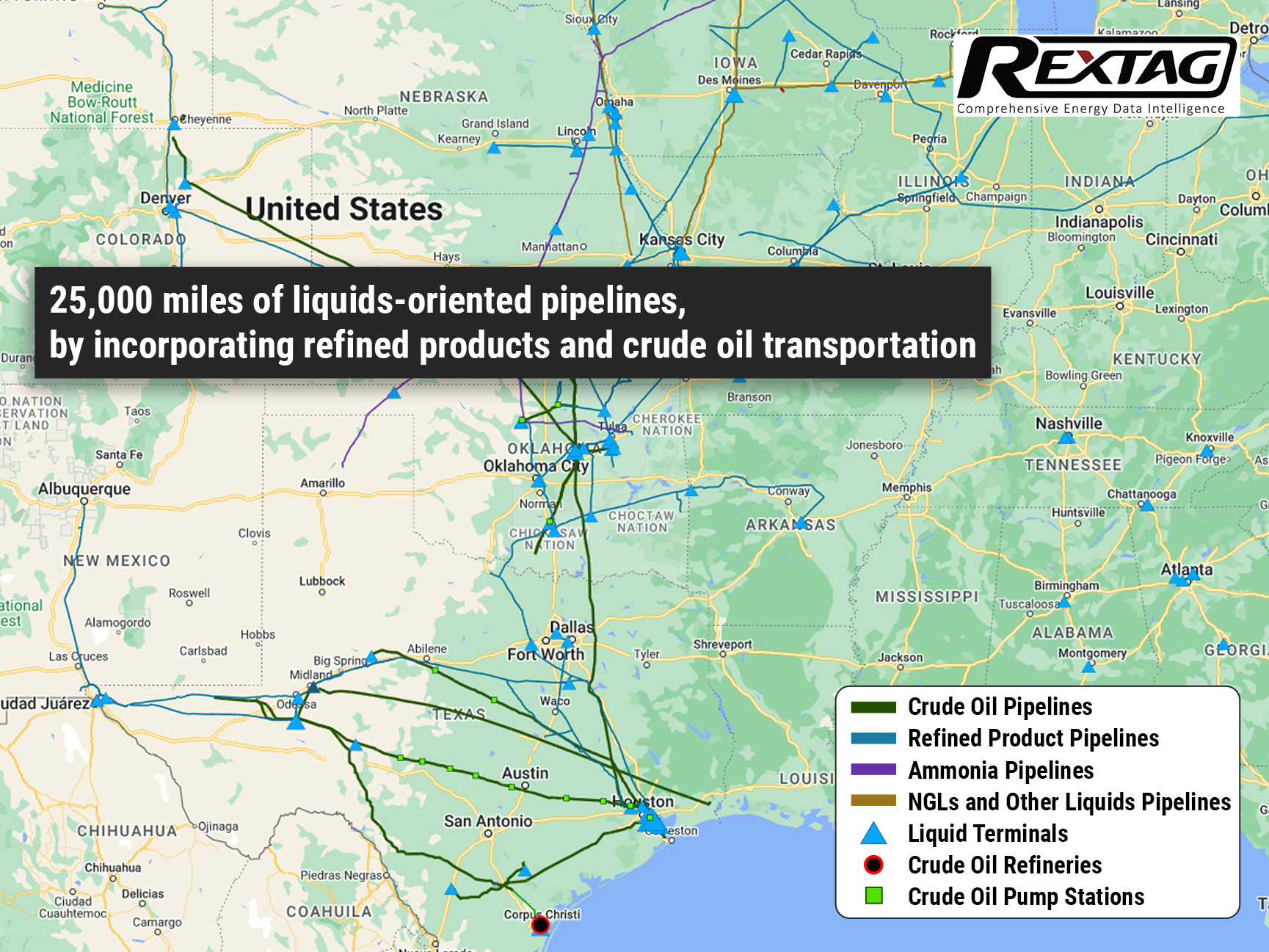
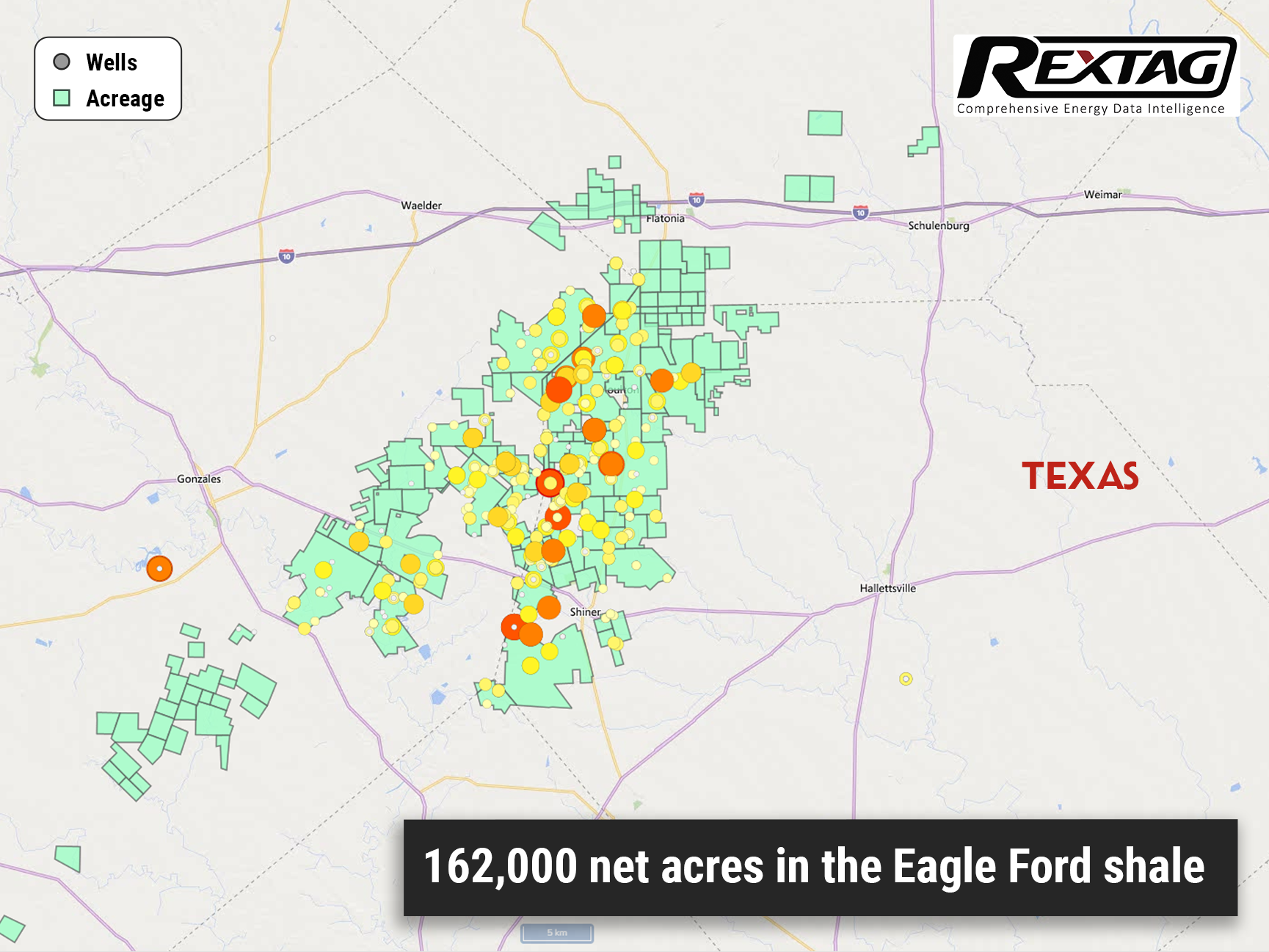


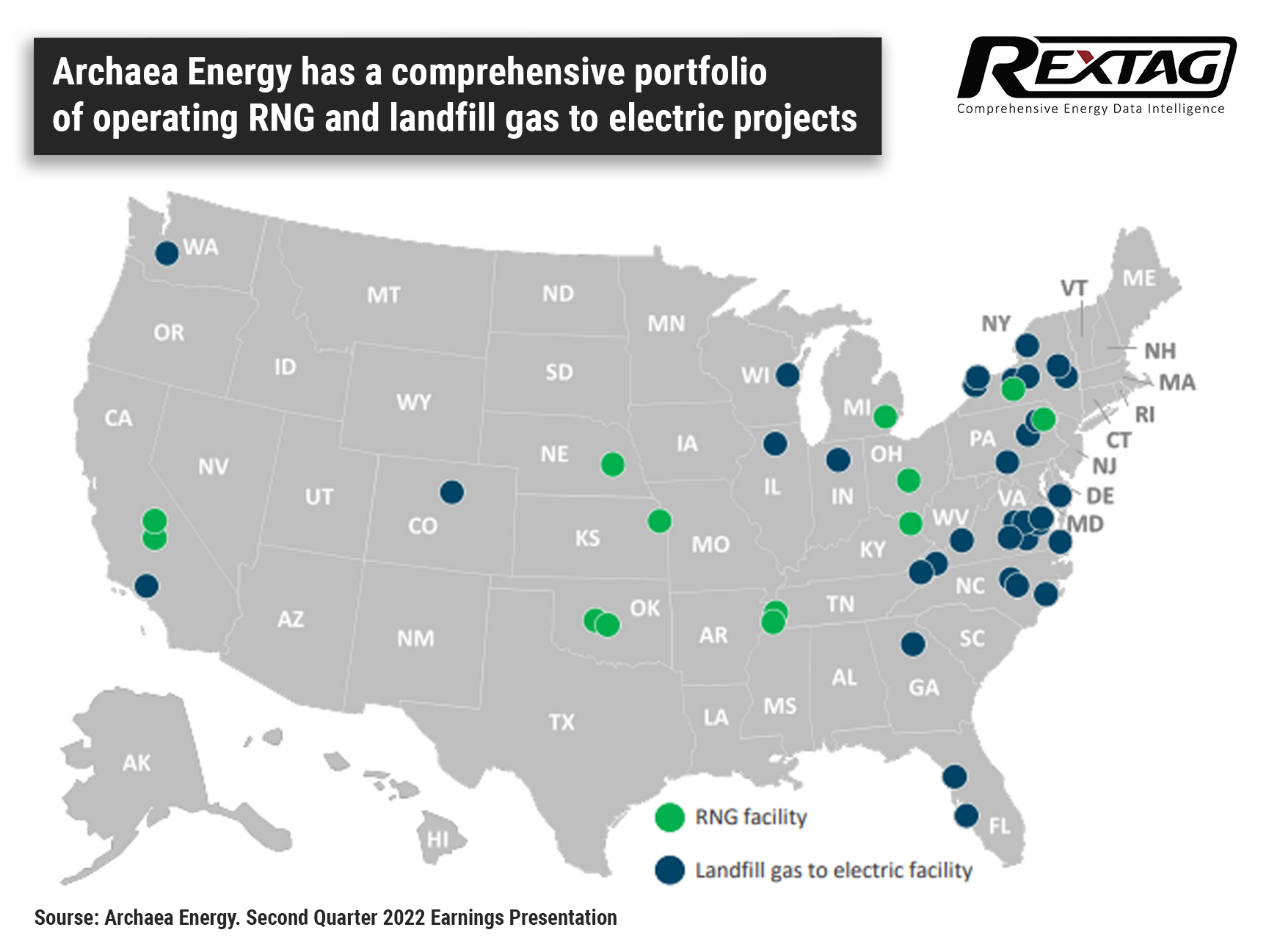
.png)
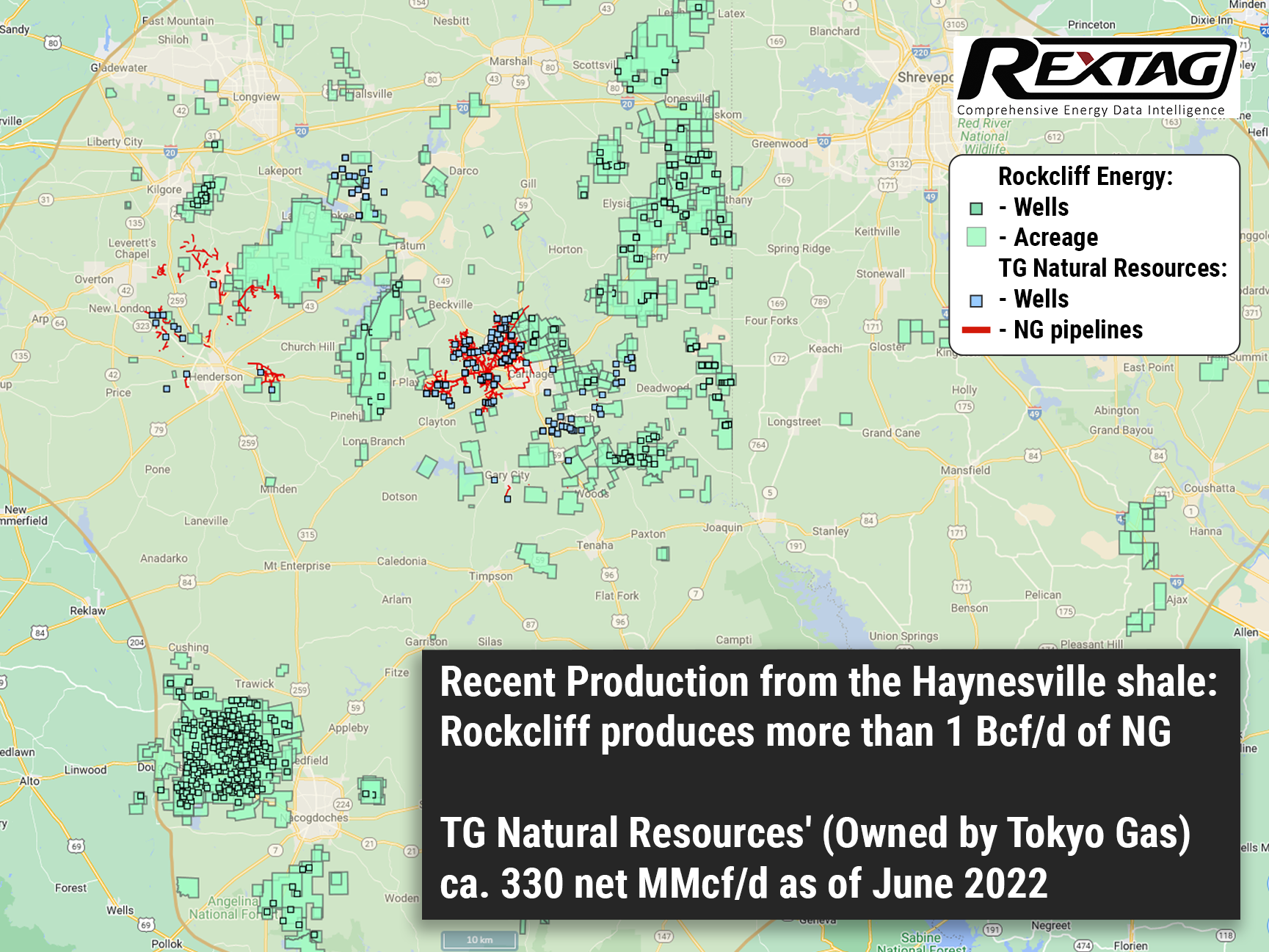
.png)
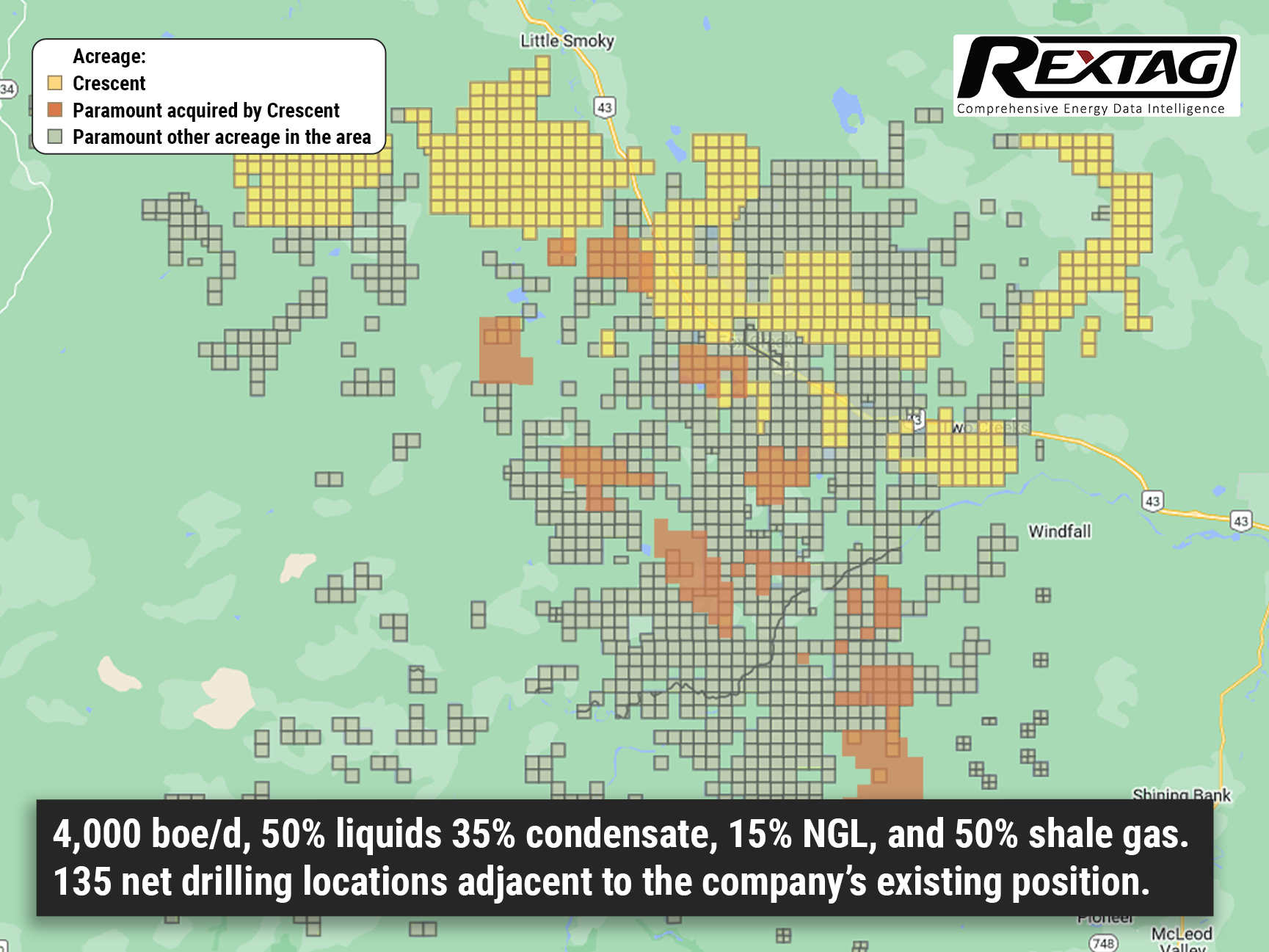
.png)
